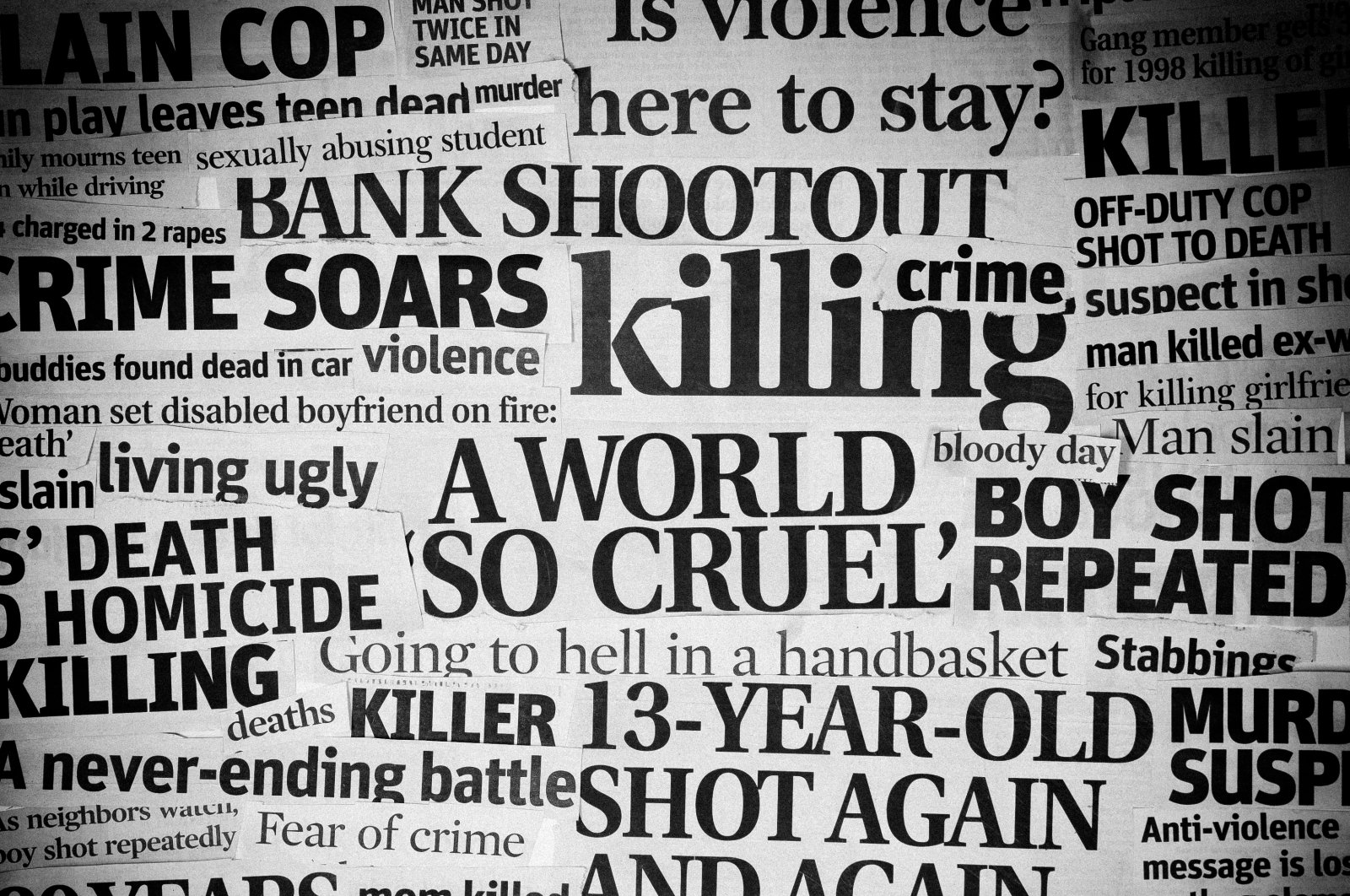
Media violence distorts perceptions, fostering fear and desensitization, highlighting the need for media literacy
The portrayal of violence in the media has been researched for years and is a topic of much discussion. There is no simple, linear cause-and-effect relationship between media violence and its social effects. It might be more accurate to view this as a complex and multifaceted phenomenon, with a range of interacting elements, from the content itself to the characteristics of the audience, as well as social dynamics and family relationships.
To better understand this topic, it is useful to explore four primary concepts that shape its social impact: exaggeration, normalization, adaptation and manipulation.
Exaggeration
The media often overstates violence. It can influence our perception of reality, and the images we see can shape our understanding of violence in ways that may not align with the truth. The pursuit of higher ratings and engagement often leads to the sensationalist portrayal of violence in media. One of the most fundamental consequences of this phenomenon on the viewer is that it may foster an exaggerated perception of the dangers of the world, leading to the belief that it is more prone to criminality and violence than it is.
Extensive scientific research has explored what George Gerbner termed the "mean world syndrome," showing that media exposure can significantly shape people’s emotional states and their view of the world. These studies indicate that exposure to violent news, in particular, exerts a stronger effect due to news media's perceived credibility, making its impact on public perceptions more profound than other forms of media.
Audiences who are bombarded with such media content may develop a belief that violence is much more common than it really is, and this situation can easily lead to feelings of danger, fear, anxiety, panic and insecurity.
There is not enough scientific evidence to say that exposure to violent content directly encourages violence, but it is clear that it normalizes violence, albeit indirectly.
Normalization
Media violence is normalized when it is exposed repeatedly and systematically. Many subjects that were previously shocking or disturbing will become routine, normal and even acceptable. A slow but effective desensitization process inevitably leads to a state of unresponsiveness to the horror of violence. Furthermore, it can cause a craving for more violence. This is why there has been a significant increase in the amount of violence in media content over the years.
The viewer's behavior is not independent of the constructed reality created by the media content they consume. The media reshapes the audience’s emotional state, expectations and perception of the world. The effects of the reality created through the media are evident in almost every interaction, from immediate surroundings to wider society, from consumption to political participation. When violence is normalized, it is perceived as inevitable. In such a society, it is quite possible for violent behavior to be exhibited even in the smallest matters.
Adaptation
The typical outcome of normalization is the advent of a psychological adaptation process. Rather than being a cause for concern, violence can at times become a form of entertainment. The detrimental effects of this scenario are more significant for children and adolescents whose ethical and intellectual structures are still evolving.
Those who perceive violence as an acceptable means of resolving social conflicts are more likely to engage in such behavior. It is important to note that not all individuals who consume violent content through the media resort to violence. However, the adaptation process leads to a radical change in how the individual and society perceive violence. Instead of dialogue, compromise or nonviolent solutions, resorting to violence in the face of problems may begin to be considered an inevitable or even necessary method.
Manipulation
The influence of the media on society can be employed for a variety of purposes, including the creation of panic and the intensification of fear. To illustrate, the primary objective of terrorist activities is to destabilize social structures by instilling a climate of social apprehension and panic.
The constant manipulation of emotions and reactions serves to deepen social fractures and separations. Systematic and continuous manipulation is one of the most fundamental elements of polarization. Social media platforms, which allow for much more intensive content consumption than conventional mass media, have exacerbated this situation, both in terms of structural features such as the working logic of their algorithms and the duration of the interaction. The process of self-convincing, which can be explained by the concept of the echo chamber, contributes to the cycle of manipulation that encourages users to believe that the world is a much more dangerous and increasingly evil place than it is.
In a media landscape saturated with violence, understanding its impact on society is more crucial than ever. Exaggeration, normalization, adaptation and manipulation each play distinct roles in shaping our collective psyche, fuelling fear, desensitizing audiences and altering perceptions. As these forces converge, they underscore the need for media literacy, encouraging individuals to critically engage with content. It is essential to include media and information literacy courses in school curricula. This is particularly important to raise awareness among young people and make them critical media consumers. In addition, to ensure that media organizations fulfill their obligations, significant sanctions are needed.
By fostering a more discerning viewership, society can begin to counteract the potentially harmful effects of violent media, supporting a balanced approach that prioritizes awareness over fear.
